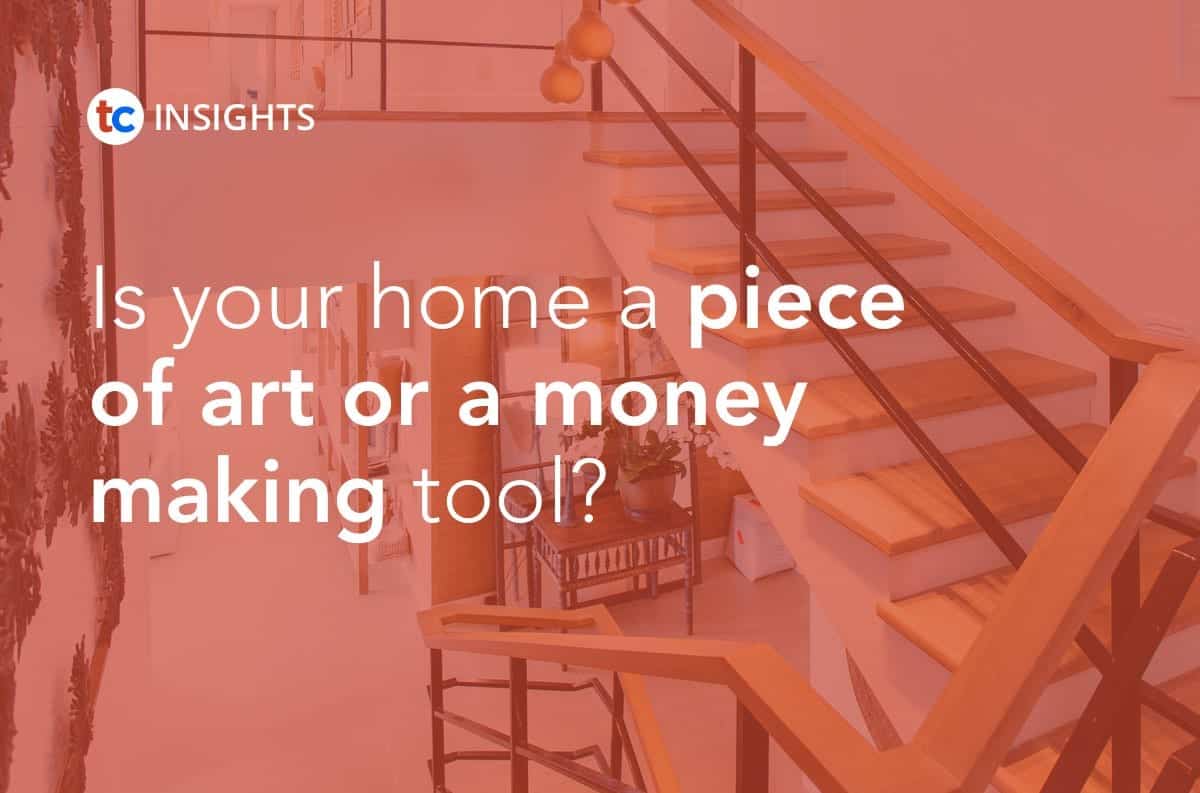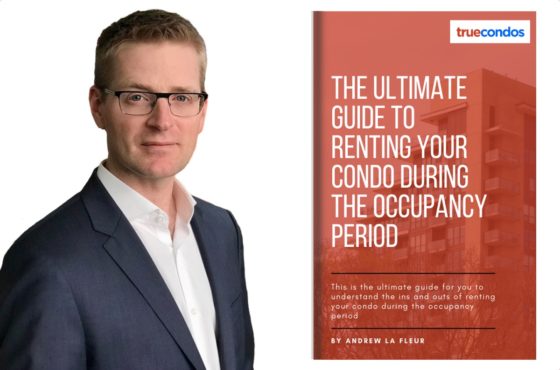Is your home a piece of art or a money making tool

Do you view your home as a work of art to be admired or a tool to be used to generate wealth and secure your financial future?
Too many people make the mistake of viewing their principal residence as some kind of object to be acquired, then admired, all the while accumulating massive amounts of ‘dead equity’.
Instead of sitting on this equity that is doing nothing for you, why not tap into it and invest in more properties?
Missing out on additional investment opportunities basically amounts to selling yourself short. That’s because it neglects a key benefit of home ownership: beyond shelter or a retirement fund, homes can be a tool to create wealth. You can leverage your first property long before you reach your Golden Years and buy a second property. It’s the start of a portfolio, which down the road could potentially translate into millions of dollars of net worth versus the $500,000 to a million dollars that one Toronto home will leave you with.
Here are four tips to get you on your way and help you avoid the big mistake most homeowners make.
Start small
You don’t have to go all-out and tap into every cent of equity you have. If you have, say, $300,000 in equity, consider taking out just $80,000 to $100,000 using a line of credit. That can be the downpayment for your first real investment property. By starting small, you can learn the ins and outs of this style of investing without burdening yourself with high levels of risk.
Crunch the numbers
Of course, it goes without saying that you need to run the numbers before acting. However, we are living in a period of historically low interest rates, even following recent Bank of Canada hikes to the overnight rate. Say you took out a $100,000 line of credit at an interest rate of 3 per cent, which is not uncommon right now. You’ll have to shell out $3,000 a year on interest.
So if you’re buying a pre-construction suite, you’ll end up paying $12,000 in interest over a four-year period until the unit is completed. Thing is, you’re only putting down 20 per cent on the condo, so the unit only has to appreciate in value by 0.6% annually to in effect, cover the cost of interest. Over the last 20 years condos have appreciated on average at approximately 5-6%.
Think long-term
If you aren’t sure if this method of investment is for you—or if you’re getting cold feet—look at the bigger picture. If your parents have paid off their own home, you’ve likely seen how they have been able to use it to their advantage around retirement age. Perhaps they downsized from a detached home to a condo and pocketed the $600,000 difference in the process. But what if they had purchased even a single investment property after buying their first home some 20,30,40 years ago? How much better off would they be?
Do it again—and again
For as long as you can afford it and the numbers make sense (as discussed above), don’t stop after that first investment property. Keep building your portfolio by taking advantage of the equity you’re amassing—this basic strategy of using the equity in your home to invest has created countless millionaires for as long as it has existed. What’s stopping you from becoming the next one?
***If you enjoyed this article, you might also enjoy listening to the podcast which it was based off. Check it out here***



